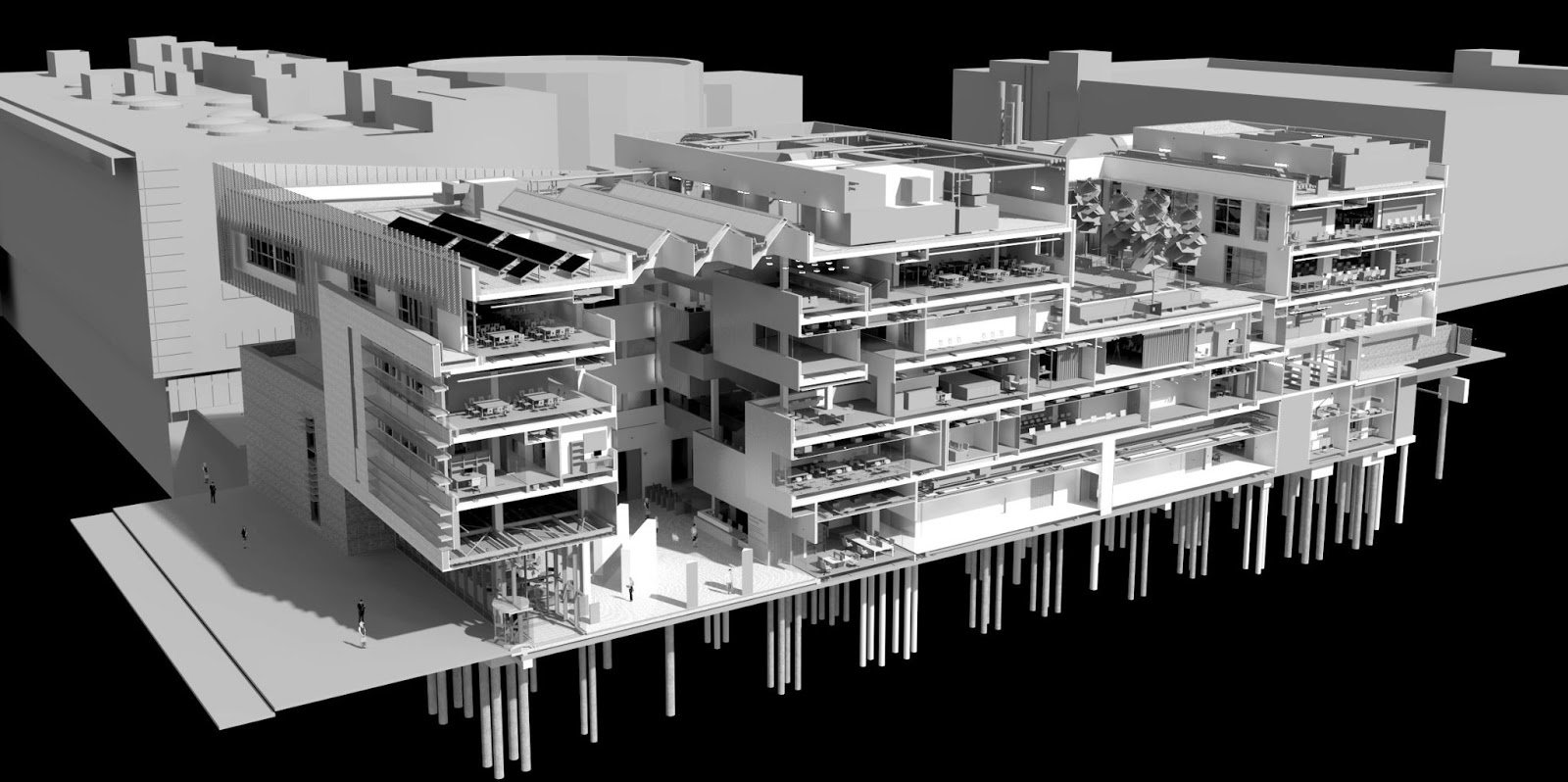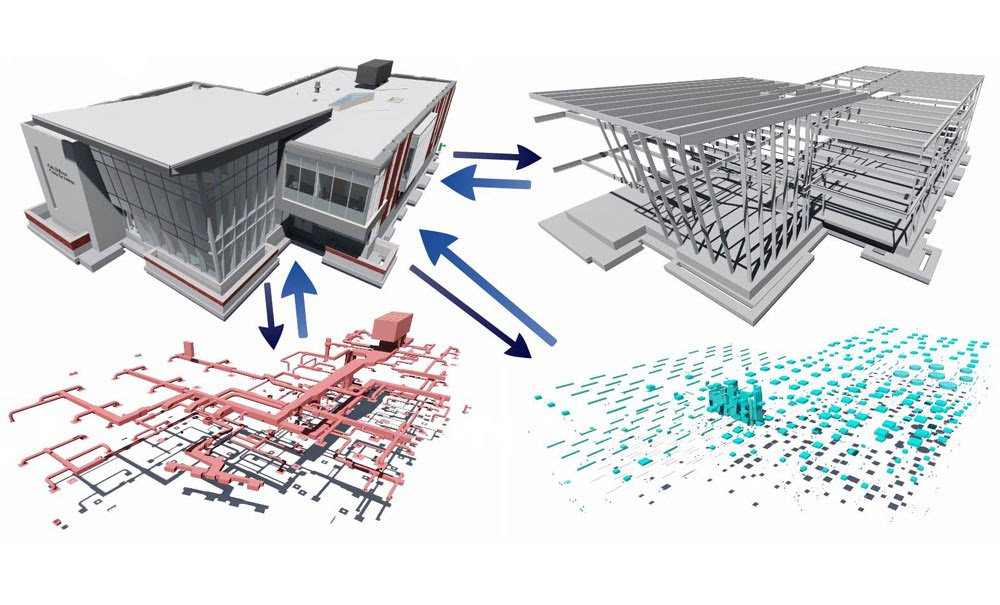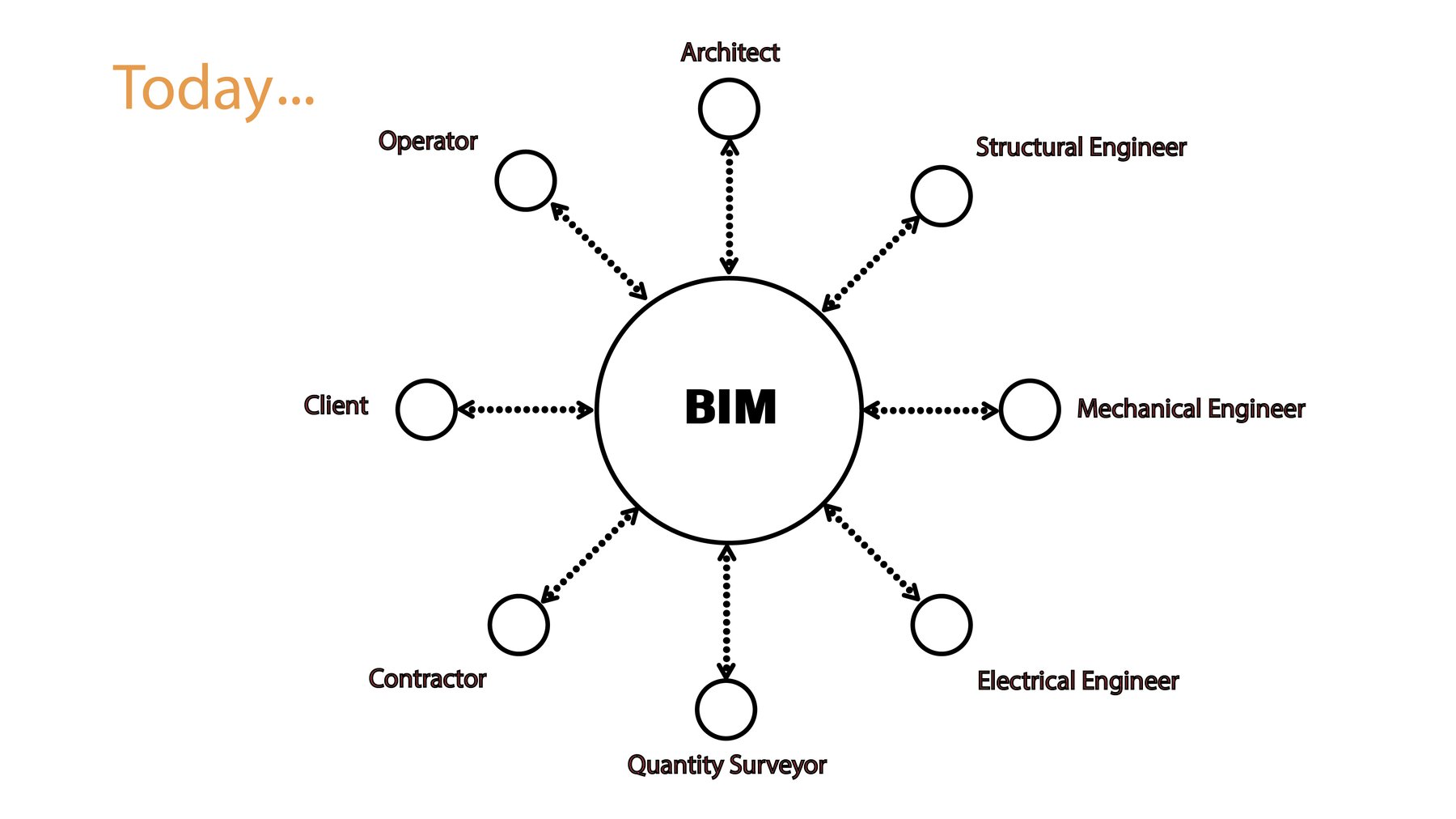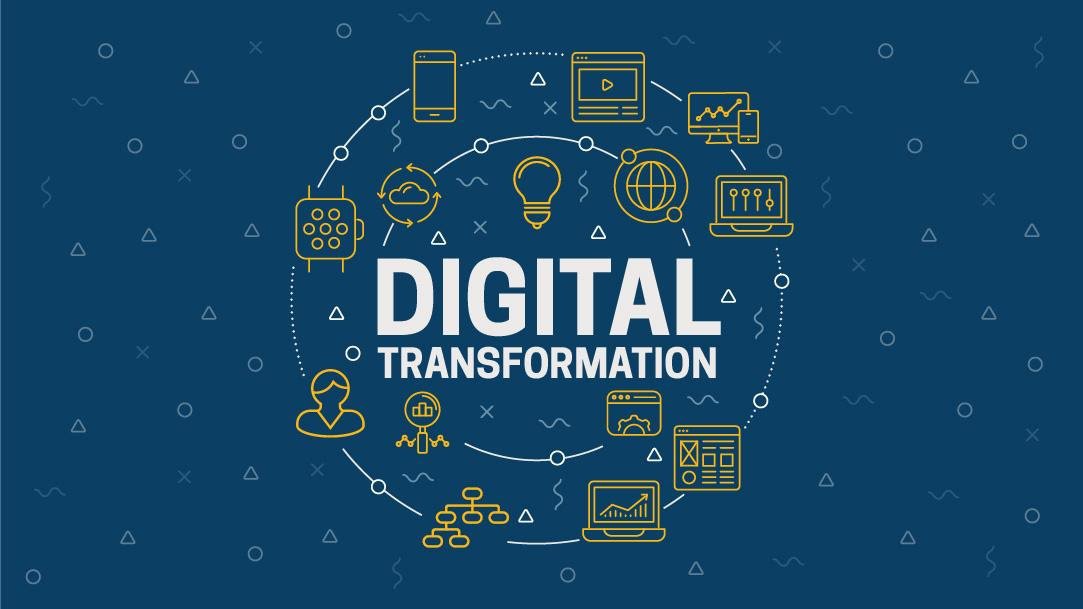
Technology
BIM in Architecture
June 20, 2021
Introduction to BIM

BIM (Building Information Modeling) is a technique that enables architects to create digital design models in order to handle all of the data associated with a construction project.
BIM combines 4-D (time) and 5-D (space) elements, while CAD produces 2- or 3-dimensional drawings that do not differentiate between their elements (costs). This enables users to intelligently handle knowledge during a project's life cycle, automating processes like programming, conceptual design, detailed design, research, documentation, production, construction logistics, operation and maintenance, reconstruction, and/or demolition.
In Singapore, BIM is mandatory for most construction projects by the Building Construction Authority (BCA) of Singapore to accelerate its nationwide adoption.
BIM combines 4-D (time) and 5-D (space) elements, while CAD produces 2- or 3-dimensional drawings that do not differentiate between their elements (costs). This enables users to intelligently handle knowledge during a project's life cycle, automating processes like programming, conceptual design, detailed design, research, documentation, production, construction logistics, operation and maintenance, reconstruction, and/or demolition.
In Singapore, BIM is mandatory for most construction projects by the Building Construction Authority (BCA) of Singapore to accelerate its nationwide adoption.
BIM, VDC and IDD

How BIM connects key players and stakeholders to a project
The ability to combine data with 3D elements is what makes virtual design and construction possible (VDC). VDC is a management system for BIM models, individuals, and processes; it involves digitally building a project first -- fully simulating design and construction in a virtual environment -- before actual onsite execution.
Design, fabrication, installation, and maintenance are all part of a typical construction project workflow. Simulating these stages practically allows visualisation of how a large-scale building project is realised without creating an actual prototype, thanks to technical advancements in BIM equipment. In terms of lean principles, digitally observing the entire building process helps in the detection and reduction of wastage, which increases efficiency.
Given the various parties involved in a construction project's complete life cycle, such information must be efficiently communicated through the various stages. Should there be a lapse in information transmission, extensive rework may be needed.
The BCA coined the term Integrated Digital Delivery (IDD), which refers to digital technology that automates work processes and manages knowledge transfer in the construction and building lifecycle, specifically digital design, fabrication, construction, and digital asset delivery and management. IDD builds on Building Information Modeling (BIM) and Virtual Design and Construction (VDC) to further integrate work processes and stakeholders through the entire value chain,
Design, fabrication, installation, and maintenance are all part of a typical construction project workflow. Simulating these stages practically allows visualisation of how a large-scale building project is realised without creating an actual prototype, thanks to technical advancements in BIM equipment. In terms of lean principles, digitally observing the entire building process helps in the detection and reduction of wastage, which increases efficiency.
Given the various parties involved in a construction project's complete life cycle, such information must be efficiently communicated through the various stages. Should there be a lapse in information transmission, extensive rework may be needed.
The BCA coined the term Integrated Digital Delivery (IDD), which refers to digital technology that automates work processes and manages knowledge transfer in the construction and building lifecycle, specifically digital design, fabrication, construction, and digital asset delivery and management. IDD builds on Building Information Modeling (BIM) and Virtual Design and Construction (VDC) to further integrate work processes and stakeholders through the entire value chain,
Digital transformation through BIM adoption

As one of Singapore's leading multidisciplinary sustainable design consultancies, ONG&ONG has been providing design, engineering, and project management services to our clients since 1972.
However, to stay on top of technology trends in an ever-changing industry, we understand the need to embrace change, particularly in the form of new and emerging technology. Over the years, ONG&ONG has been undergoing a digital transformation with BIM and has recently adopted a brand new collaborative digital platform.
Our firm's digital transformation is led by the Design Technology department, which leads the firm's digital transformation by integrating BIM, Virtual Design & Construction, and Integrated Digital Delivery (IDD) technologies.
BIM 360 Document Management and BIM 360 Design have given our regional offices and other project stakeholders more versatility, as well as better collaboration. It is a linked ecosystem that delivers ONG&ONG's IDD projects, beginning with design, project delivery, and construction, all the way to management.
However, to stay on top of technology trends in an ever-changing industry, we understand the need to embrace change, particularly in the form of new and emerging technology. Over the years, ONG&ONG has been undergoing a digital transformation with BIM and has recently adopted a brand new collaborative digital platform.
Our firm's digital transformation is led by the Design Technology department, which leads the firm's digital transformation by integrating BIM, Virtual Design & Construction, and Integrated Digital Delivery (IDD) technologies.
BIM 360 Document Management and BIM 360 Design have given our regional offices and other project stakeholders more versatility, as well as better collaboration. It is a linked ecosystem that delivers ONG&ONG's IDD projects, beginning with design, project delivery, and construction, all the way to management.
Making the move to cloud
Transitioning to a cloud-based infrastructure is part of implementing new technologies. Since cloud technology is relatively new, it entails a steep learning curve. Adopting a system that can complement a company's business model and be deployed throughout the entire enterprise is often difficult. However, there are other issues to consider, such as downtime, particularly in areas where internet speeds are inconsistent and sluggish.
ONG&ONG holds internal training sessions to help staff adapt to a cloud-based environment and the latest technologies. They've been able to effectively work on a variety of projects from different locations thanks to the model's implementation.
The principle of ONG&ONG's ‘multidisciplinary unified model’ has been successfully adopted and delivered. Revit's collaboration features make it easier for internal and external consultants and contractors to collaborate more efficiently.
ONG&ONG holds internal training sessions to help staff adapt to a cloud-based environment and the latest technologies. They've been able to effectively work on a variety of projects from different locations thanks to the model's implementation.
The principle of ONG&ONG's ‘multidisciplinary unified model’ has been successfully adopted and delivered. Revit's collaboration features make it easier for internal and external consultants and contractors to collaborate more efficiently.
New technology for a lower carbon footprint

It's no simple task to adapt to an enterprise-wide digital transformation while simultaneously educating an entire organisation in BIM 360 technology. However, ONG&ONG's transformation is resulting in safer, more efficient buildings, a significant increase in the organisation's overall performance, and a significant benefit to the community.